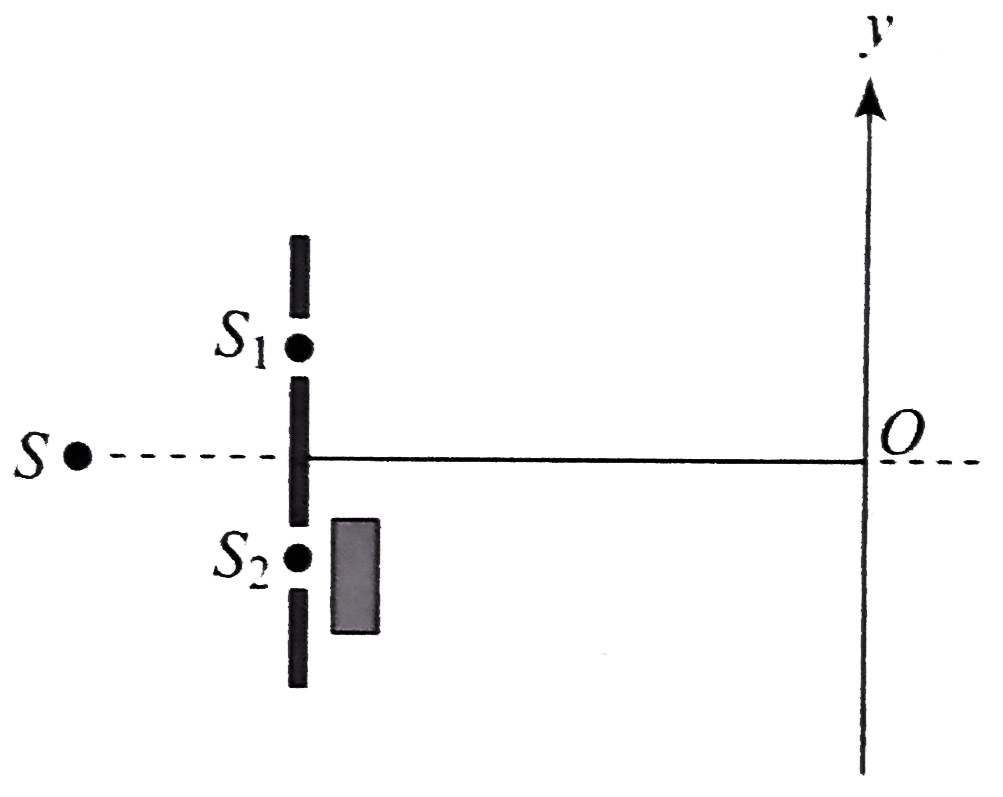Two observers are on opposite sides of a flat glass plate with refractive index 1.5 as shown in the Figure. If the light is incident from the left and if the observer on the left sees maximum constructive interference for red light λred = 600 nm and the observer on the right sees maximum constructive interference for blue light λblue = 450 nm what is the thickness T in nm of the glass plate?
For the observer on the right we have blue light and constructive interference so we set the overall phase shift equal to the condition for maximum constructive interference as follows For the constructive interference of the blue light on the right we have the following possible thickness’ of the glass: mT1150nm 2300nm3450nm 4600nmFor the observer on the left we have red light and constructive interference we set the overall phase shift equal to the condition for maximum constructive interference as follows Solving for Τ givesFor the constructive interference of the red light on the left we have the following possible thickness’ of the glass:mT1100nm2300nm 3500nm 4700nm We see that T = 300 nm satisfies both conditions.
Related Solutions
If the wavelength of incident light on a soap film is 700 nm then its minimum thickness 10 t nm so that constructive interference in reflected light can be observed. The value of t is ………..[Take refractive index of the film as 4/3 ]
View SolutionWhat is the minimum thickness of a thin film required for constructive interference in the reflected light from it ? Give, the refractive index of the film = 1.5 wavelength of the light incident on the film = 600 nm
View SolutionWhat is the minimum thickness of a thin film required for constructive interference in the reflected light from it ? Given, the refractive index of the film = 1.5, wavelength of the light incident on the film = 600 nm.
View SolutionA YDSE is performed in a medium of refractive index , A light of 600 nm wavelength is falling on the slits having 0.45 nm separation . The lower slit is covered b a thin glass plate of thickness 10.4 mm and refractive index 1.5. The interference pattern is observed on a screen placed 1.5 m from the slits as shown in figure. (All the wavelengths in this problem are for the given medium of refractive index , ignore absorption.)

Find the light intensity at point O relative t maximum fringe intensity.
View SolutionA YDSE is performed in a medium of refractive index 4 // 3 , A light of 600 nm wavelength is falling on the slits having 0.45 nm separation . The lower slit S_(2) is covered b a thin glass plate of thickness 10.4 mm and refractive index 1.5. The interference pattern is observed on a screen placed 1.5 m from the slits as shown in figure. (All the wavelengths in this problem are for the given medium of refractive index 4 // 3 , ignore absorption.) Find the light intensity at point O relative t maximum fringe intensity.
View SolutionWhat is the minimum thickness of thin film required for constructive interference in the reflected light through it ?
(Given, the refractive index of the film wavelength of the lilght incident on the film nm.
View SolutionWhat is the minimum thickness of thin film required for constructive interference in the reflected light through it ?
(Given, the refractive index of the film wavelength of the lilght incident on the film nm.
View SolutionWhat is the minimum thickness of thin film required for constructive interference in the reflected light through it ?
(Given, the refractive index of the film wavelength of the lilght incident on the film nm.
View Solutionएक व्यतिकरण कोष्ठ (interference chamber) में जब वायु थी , ते व्यतिकरण देखा गया। अब कोष्ठ को खाली कर दिया जाता है और वही प्रकाश प्रयुक्त किया गया जाता है। एक सावधान प्रेक्षक देखेगा
View SolutionInterference was observed in interference chamber when air was present, now the chamber is evacuated and if the same light is used, a careful observer will see
View SolutionInterference was observed in interference chamber when air was present, now the chamber is evacuated and if the same light is used, a careful observer will see
View SolutionInterference was observed in interference chamber, when air was present. Now the chamber is evacuated, and if the same light is used, a careful observer will see
View SolutionInterference was observed in interference chamber where air was present, now the chamber is evacuated and if the same light is used, a careful observer will see ......
View SolutionInterference was observed in interference chamber when air was present. Now, the chamber is evacuated and the same light is used. A careful observer will see:
View SolutionWhite light reflected from a soap film (Refractive index ) has a maxima at 600 nm and a minima at 450 nm at with no minimum in between. Then, the thickness of the film is
View SolutionWhat is the minimum thickness of a soap film needed for constructive interference in reflected light, if the light incident on the film is 750 nm? Assume that the refractive index for the film is = 1.33.
View SolutionWhat is the minimum thickness of a soap bubble needed for constructive interference in reflected light, if the light incident on the film is 750 nm? Assume that the refractive index for the film is n=1.33
View SolutionWhat is the minimum thickness of a soap bubble needed for constructive interference in reflected light, if the light incident on the film is 750 nm? Assume that the refractive index for the film is n=1.33
View SolutionWhat is the minimum thickness of a soap bubble needed for constructive interference in reflected light, if the light incident on the film is 750 nm? Assume that the refractive index for the film is n=1.33
View Solution